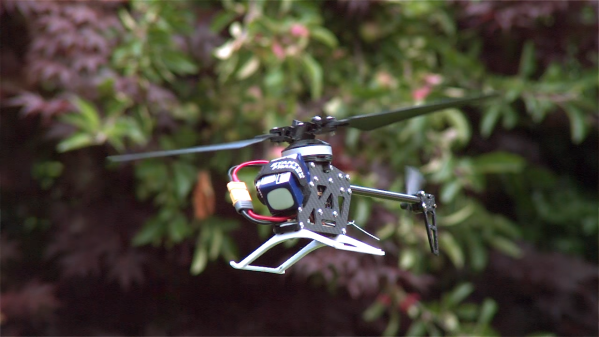Exercise balls are great for many things, from amusing children to breaking everything in your living room, often in quick succession. After seeing some German WWII prototype aircraft with wild landing gear designs, the [FliteTest] crew decided to see whether they could use an exercise ball to build a plane ready for even the bumpiest of runways.

The exercise ball created some constraints on the design, due to its weight and the large amount of drag it creates. To work around this, the design features a foamcore and carbon fibre construction to save weight. The exercise ball is placed front and center, serving as both the nose and landing gear of the aircraft. V-tails are used to place the rear control surfaces outside of the shadow of the ball, to help maintain control authority. Initial tests of the airframe showed handling problems. The team solved this by using a pair of gyro stabiliser boards of their own design, named Aura.
With the issues solved, the final aircraft is hilarious to behold. The huge, bouncing ball makes an excellent landing gear, able to launch off lumps and bumps and even skim over water. We’ve seen [FliteTest] get up to other escapades in the past, too. Video after the break.
[Thanks to Baldpower for the tip!]
Continue reading “Excercise Ball Makes A Passable Landing Gear”




















